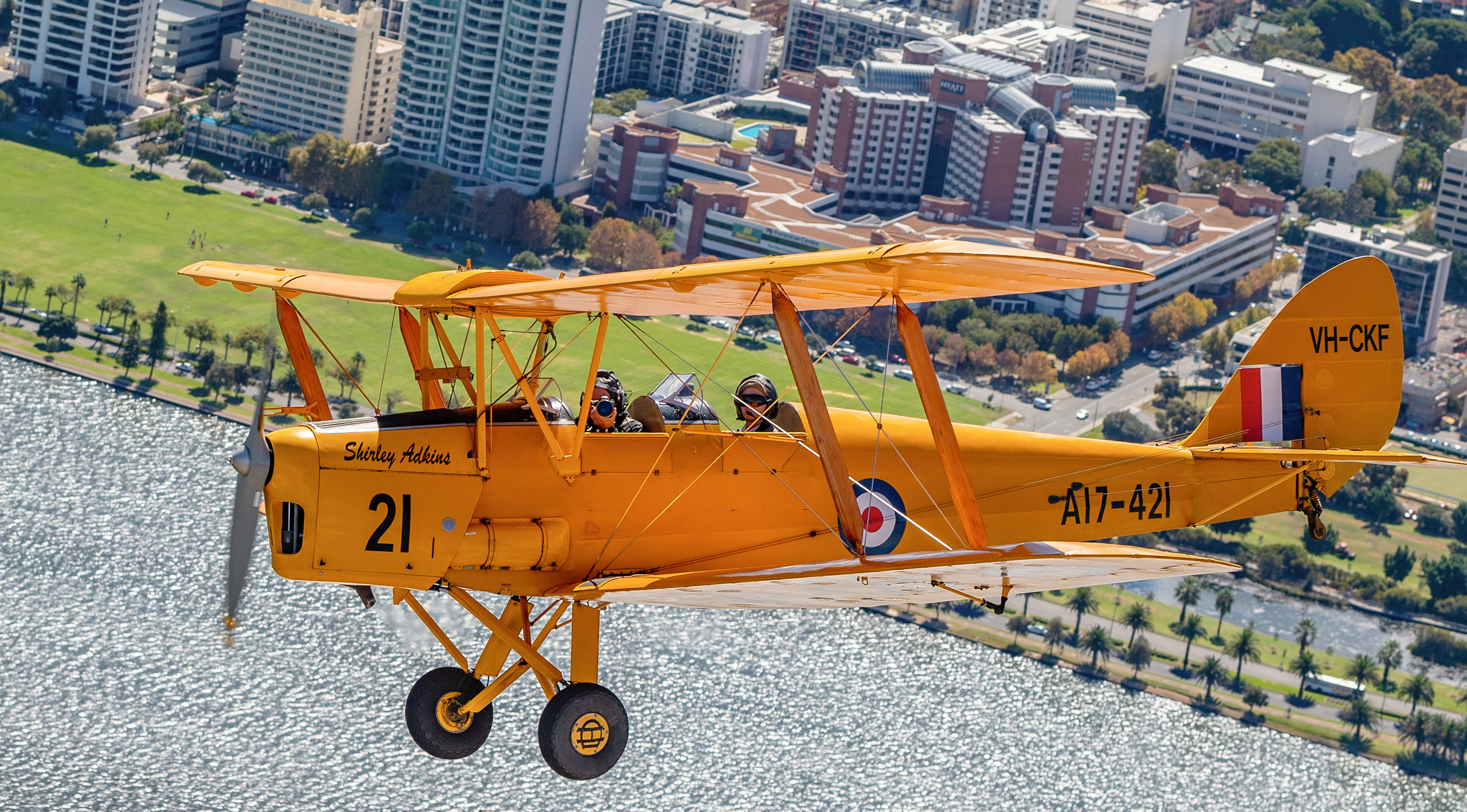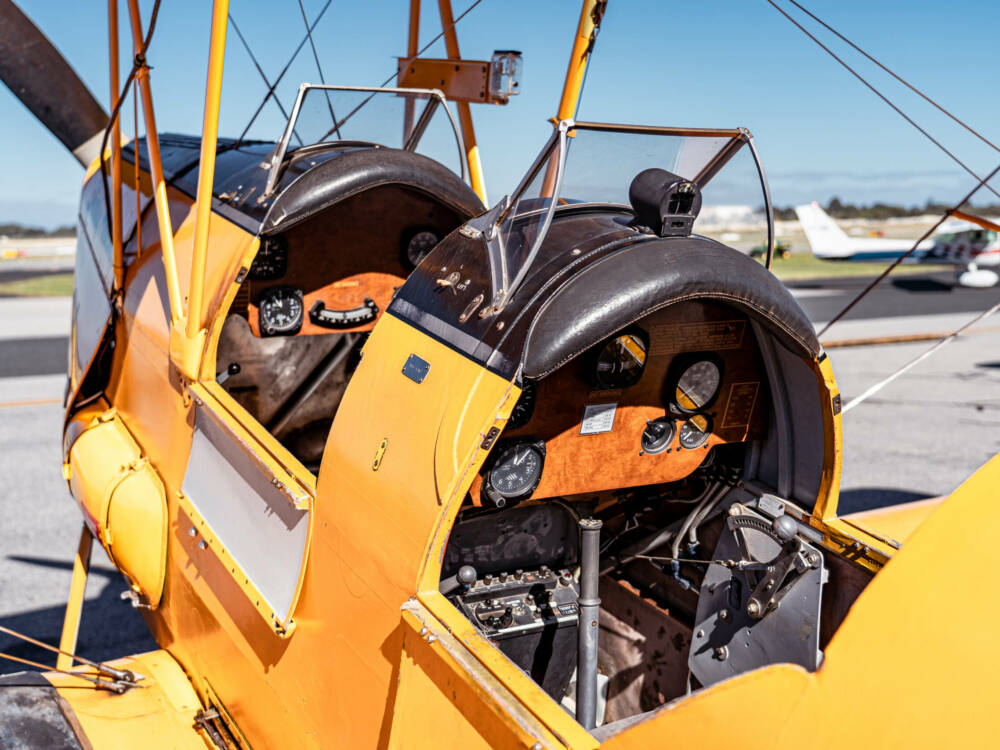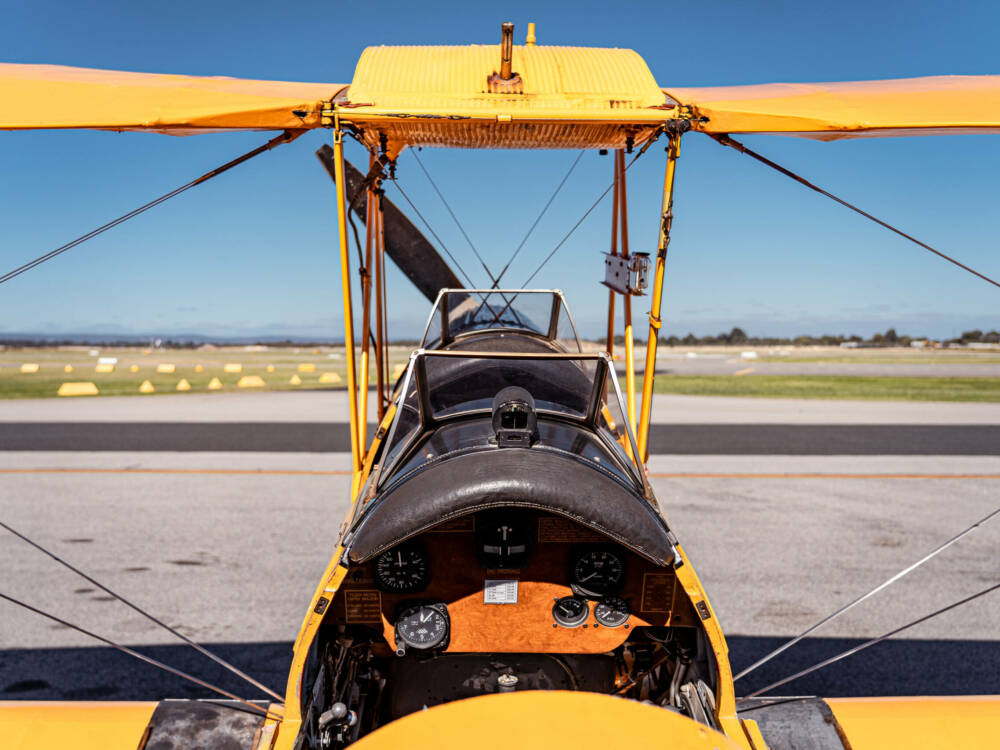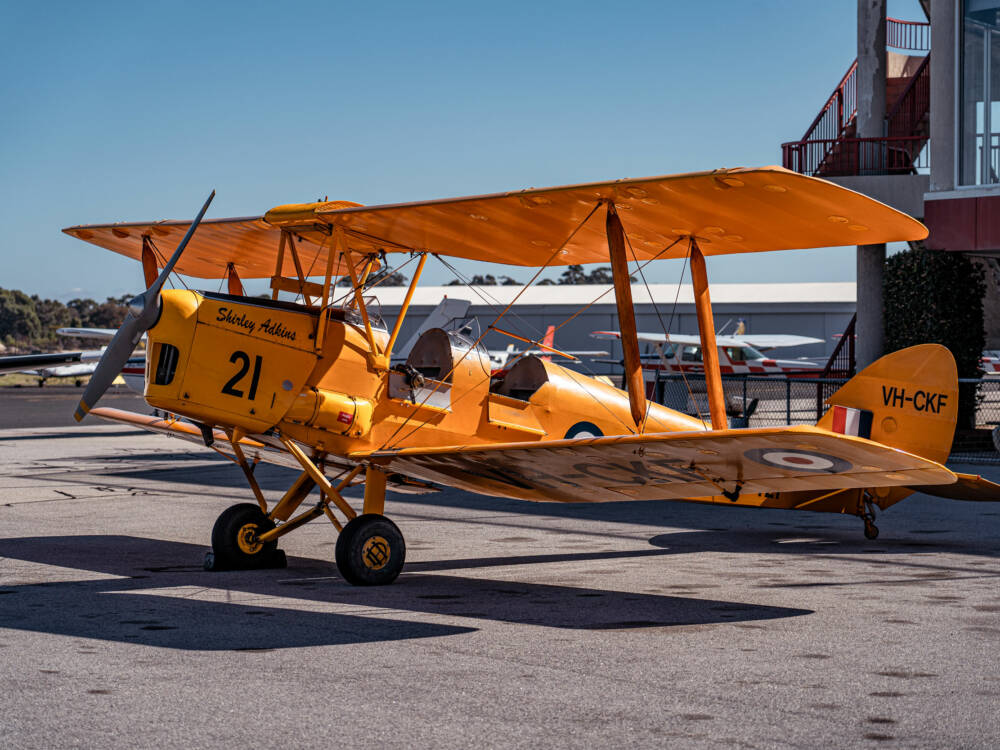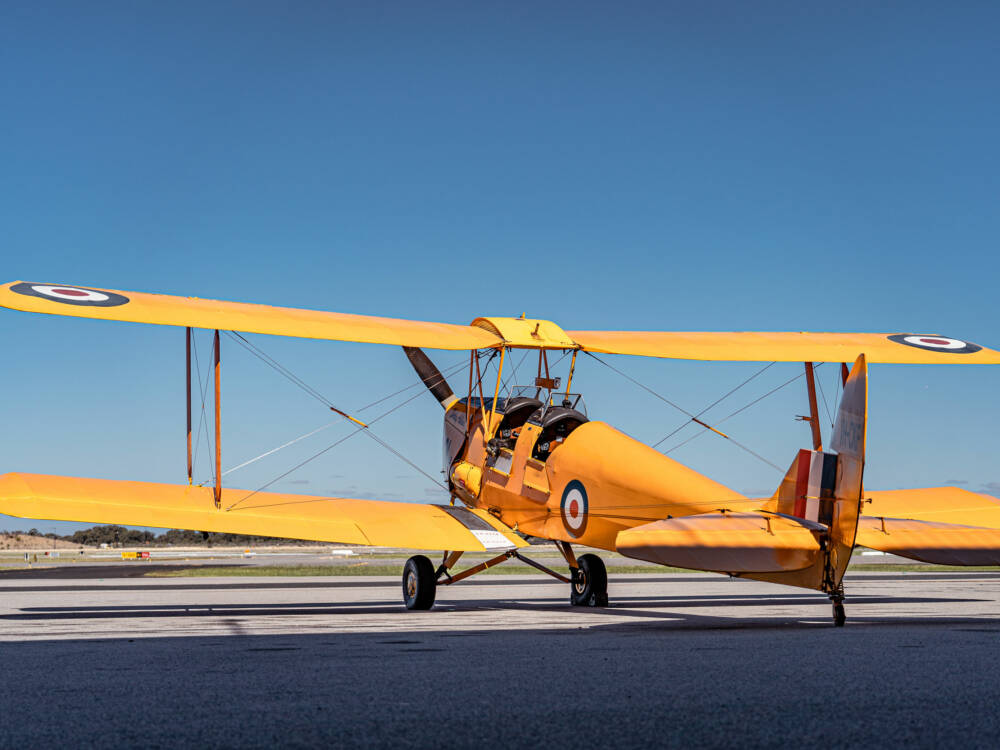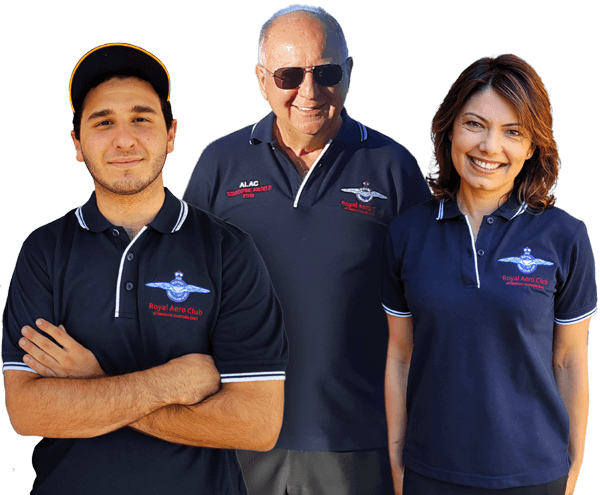DH 82 Tiger Moth
Available at Jandakot Airport, Perth. One in fleet.
The de Havilland DH 82 Tiger Moth is a 1930s biplane designed by Geoffrey de Havilland and was operated by the Royal Air Force (RAF) and others as a primary trainer. The Tiger Moth remained in service with the RAF until replaced by the de Havilland Chipmunk in 1952, when many of the surplus aircraft entered civil operation.
The Tiger Moth trainer prototype was derived from the DH 60 de Havilland Gipsy Moth in response to Air Ministry specification 13/31 for an ab-initio training aircraft. The main change to the DH Moth series was necessitated by a desire to improve access to the front cockpit since the training requirement specified that the front seat occupant had to be able to escape easily, especially when wearing a parachute.
The Tiger Moth became the foremost primary trainer throughout the Commonwealth and elsewhere. It was the principal type used in the British Commonwealth Air Training Plan where thousands of military pilots got their first taste of flight in this robust little machine. The RAF found the Tiger Moth’s handling ideal for training future fighter pilots. Whilst generally docile and forgiving in the normal flight phases encountered during initial training, when used for aerobatic and formation training the Tiger Moth required definite skill and concentration to perform well.
Our Tiger Moth is available to The Royal Aero Club of Western Australia members and the general public for private hire, training, scenic flights or charter. Bookings can be made via our friendly Operations Team on (08) 9417 0000.
General Characteristics*
- Crew: 1 pilot
- Capacity: 2 passengers
- Length: 7.2 m
- Wingspan: 8.8 m
- Height: 2.6 m
- Empty Weight: 544 kg
- Gross Weight: 827 kg
- Fuel Capacity: 87 L
- Power plant: Gipsy Major 145 hp
- Propellers: 1 Hoffman fixed pitch
Performance*
- Cruise Speed: 75 kts
- Stall Speed: 25 kts
- Never Exceed Speed: 137 kts
- Range: 95 nm
- Max Rate of Climb: 500 fpm
*This information is provided as a guide only and not intended to replace the Pilot’s Operating Handbook (POH). The Pilot in Command should cross check the POH of the aircraft they intend to use prior to flight.

